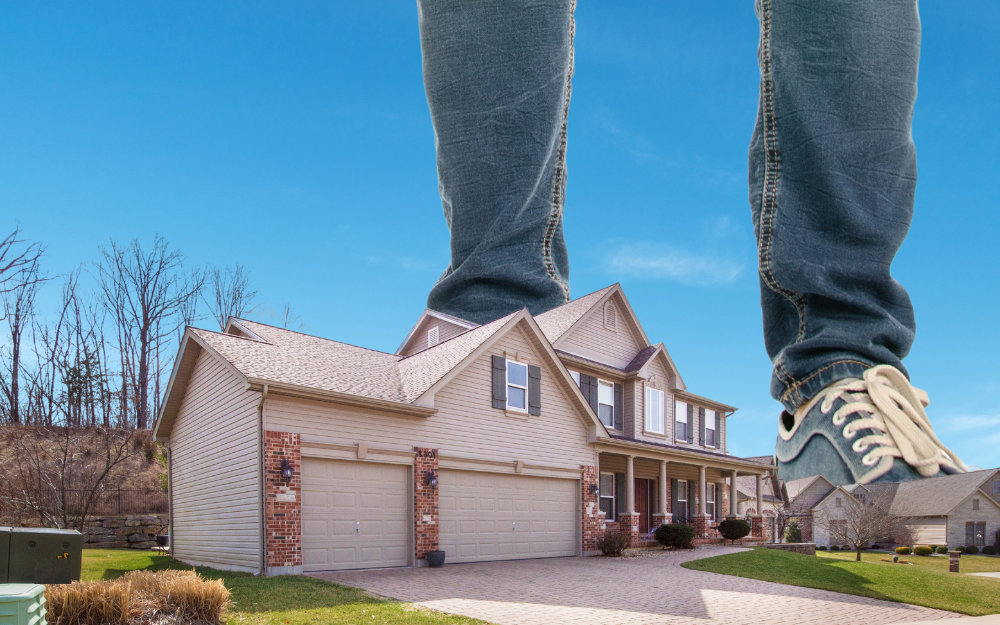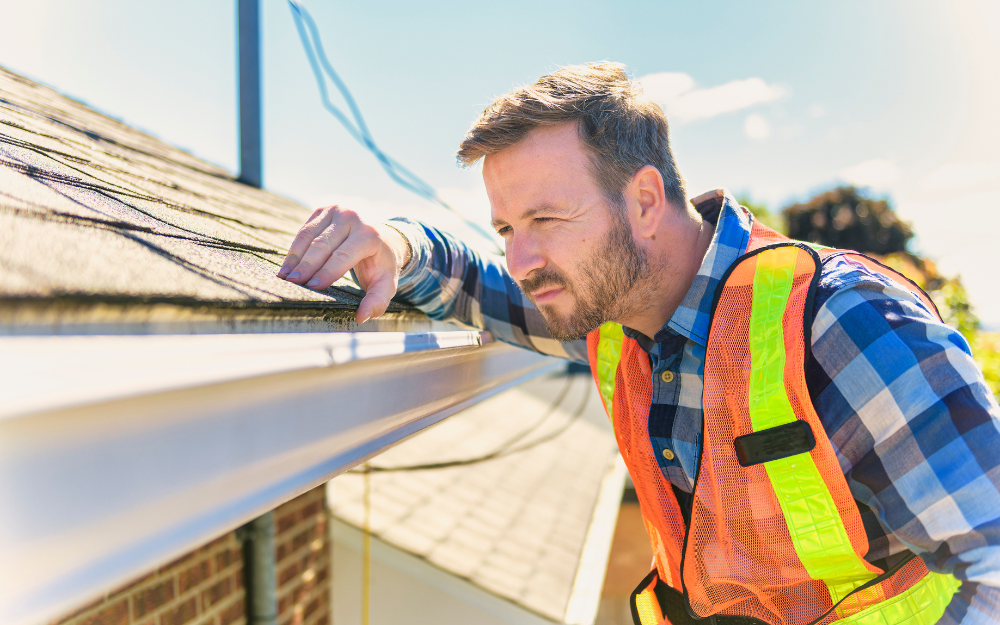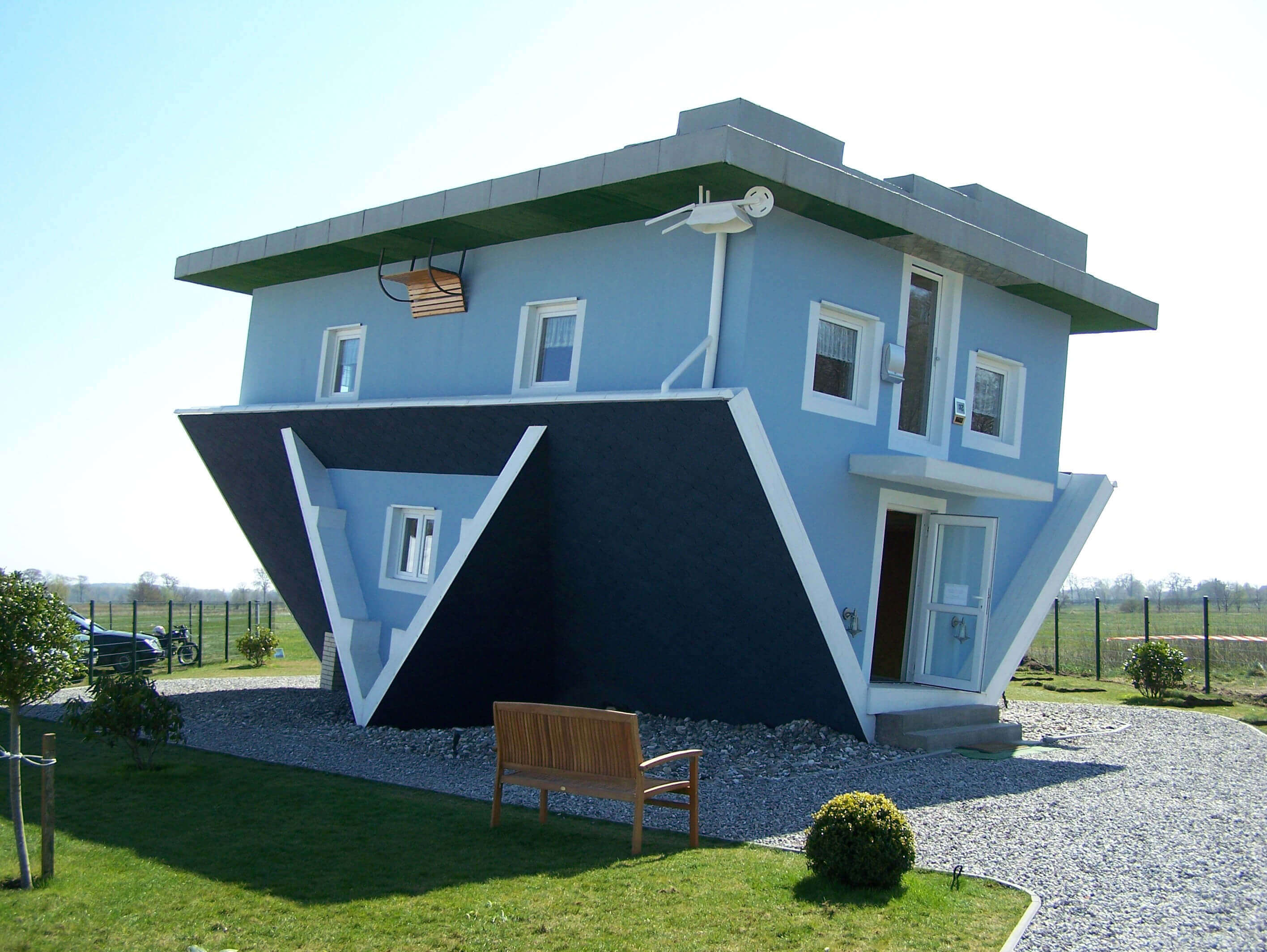François bought a new car almost 5 years ago, and its warranty is coming to…

3 questions to find out if living in a tiny house is for you or not
MLI: these three little letters mean nothing to the vast majority of us, but in this article we’re talking mainly to real estate investors, who know them well. If you’re a real estate investor and don’t know what the letters MLI stand for, or if you’d like to better understand how CMHC’s MLI Select program works, don’t touch a thing! Keep watching as we present a case study highlighting the ways and benefits of subscribing to CMHC’s MLI Select program!
Is living in a tiny house for you?
No matter the type of building you are looking
to buy, our home inspectors are here for you!
1. Will you have enough living space?
According to data from Natural Resources Canada’s Office of Energy Efficiency, the average square footage of homes built between 1961 and 1977 was 1205. Between 1996 and 2000, it was 1,614 sq. ft., while by 2016, it had climbed to 2,131 sq. ft. And when it comes to a tiny house, the popular consensus is that living space doesn’t exceed the 500 ft2 mark, barely a quarter of that of a modern home!
By way of comparison, the surface area of a mobile home varies between 600 and 1,200 ft2. That said, the first question to ask yourself when considering a mobile home is: will you have enough space? If you’re a single person or a couple, you may have enough room to live in, but if you have children or plan to have them soon, a tiny house can quickly become overcrowded. And what about storage? Do you have a hobby that requires a designated space?
2. Will you be able to install your tiny house where you want it?
The tiny house phenomenon has been gaining momentum since it first appeared in the southern U.S. shortly after the 2008 economic crisis, and Quebec has not been spared. It’s worth noting, however, that not all municipalities in la belle province accept mini-homes on their territory. Without openly prohibiting them, municipal bylaws are often such that they require a minimum footprint for any new permanent construction.
If it’s not the minimum footprint, your tiny house runs the risk of running up against the building code for electricity and plumbing, since current standards were designed for larger homes.
To simplify the process, there’s an interactive map available here et up by the Mouvement Québécois des mini maisons, where you can find lots of information on the various municipal bylaws.
3. What type of tiny house are you looking for?
There are many different types of tiny house, but the two most popular are undoubtedly the transportable mini home and the fixed mini home. Transportable tiny houses are generally built on a steel frame and can be towed, as they comply with road standards. The fixed tiny house, on the other hand, is sedentary and permanently on the same plot of land, often on a concrete slab or on piles.
With this information in mind, ask yourself which type of tiny house will best suit your needs: a transportable tiny house or a fixed tiny house?
While the low price of a tiny house is attractive, it’s important to ask yourself the right questions before you buy. However, if this type of home suits your needs, you should know that our inspectors are there to support you throughout your real estate transaction.
Is living in a tiny house for you?
No matter the type of building you are looking
to buy, our home inspectors are here for you!


